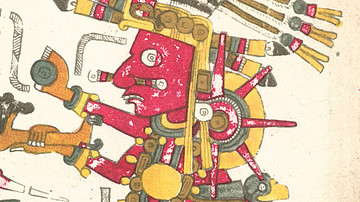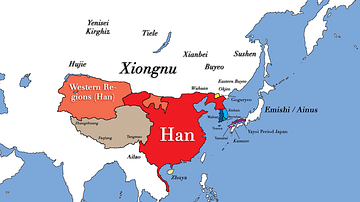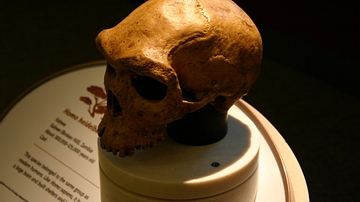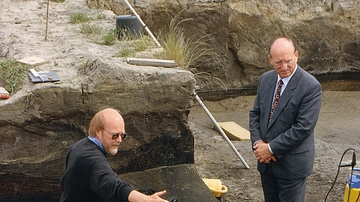Search Images
Browse Content (p. 1319)

Image
Hourglass
An hourglass.

Image
Bust of Sobeknefru
Bust of Queen Sobeknefru, 12th Dynasty, Egypt.
Louvre, Paris

Image
Tonatiuh, Codex Borgia
Tonatiuh, the Aztec god of the 5th and last sun. From the Codex Borgia. (Vatican Museum Rome)

Image
Tonatiuh, Calendar Stone
The Aztec Sun Stone (also known as the Calendar Stone) is a representation of the five eras of the sun from Aztec mythology. Some scholars consider the central face to be that of Tonatiuh, the sun god, while others maintain it is the night...

Image
East Asia in the year 1 CE
This map shows the boundaries of all major civilizations in East Asia at the beginning of the first millennium, with italics indicating nomadic bands and other tribal societies.

Image
Egyptian Couple
Limestone statue of Pashedu and his wife Ruiu: the two figures are seated on a high-backed chair, each with one arm resting on the far shoulder of the other. Pashedu wears a long braided wig and a long skirt. Ruau wears a long braided wig...

Image
Ahmose-Nefertari
Rectangular fragment of a polychrome tomb-painting representing Ahmose-Nefertari standing among foliage with cartouche above.
20th Dynasty, Tomb of Kynebu, Thebes, Egypt.
British Museum, London.

Image
Homo Heidelbergensis Skull
Replica of a Homo heidelbergensis skull on display at the David H. Koch Hall of Human Origins at the Smithsonian Natural History Museum in Washington, D.C.

Image
Homo Heidelbergensis Spear
Dr. H. Thieme depicted with spear VI, a spear made by Homo heidelbergensis found at Schöningen, Germany. In total, eight wooden spears that had been carefully crafted were found at this site. They are at least 300,000 years old.

Image
Homo Heidelbergensis Reconstruction
Reconstruction of the head of an adult male Homo heidelbergensis. It is on display in the Hall of Human Origins in the Smithsonian Museum of Natural History in Washington, D.C.